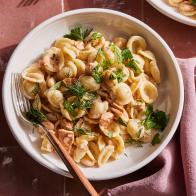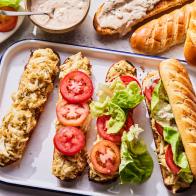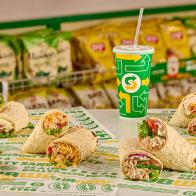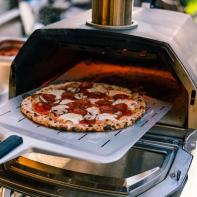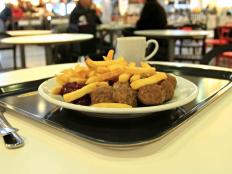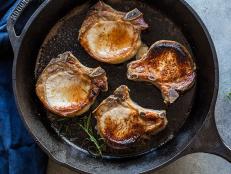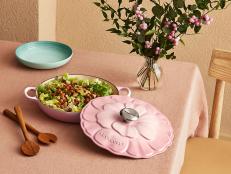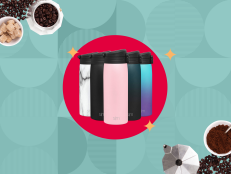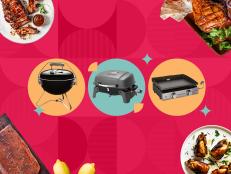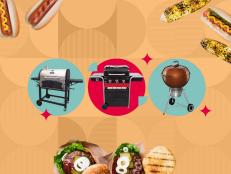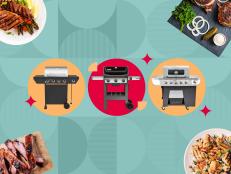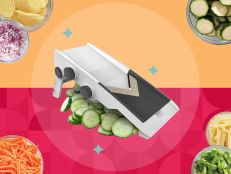Why Ikea Is Changing Its Meatball-Dining Experience

Chances are fairly good that you have, on occasion, stopped in at Ikea to buy not a new, reasonably priced piece of furniture with an unpronounceable Swedish name, but a plate of reasonably priced meatballs (or one of any number of other reasonably priced foods), and pulled out of the parking lot with an empty trunk and a full belly.
Ikea has noticed. And it is making a few adjustments to cater to customers like you — who come to eat in its in-store restaurants, rather than to shop for furniture and other household items.
Food sales in Ikea’s 41 U.S. stores increased 8 percent in the last fiscal year over the previous year, while sales in the stores themselves grew only 4.5 percent, the Washington Post reports. And, Ikea food product developer Peter Ho recently told the paper, foot traffic in the restaurants is “trending better” than that in the furnishings departments of the stores.
“Ikea food is becoming a core business,” the company’s U.S. president, Lars Petersson, added.
As a consequence, Ikea has decided to cater to customer tastes and upgrade the restaurant experience: It recently retooled its menus (Veggie meatballs made with peas, chickpeas and kale! Chicken meatballs sustainably sourced!) for broader appeal, and now it is redesigning its spaces to be more inviting.
In the coming months, the current open-plan restaurants will be divided into three zones: an area with high-top tables and chairs for speedy snacking, a family area with kids’ activities alongside parent-hospitable dining tables, and a section with comfy chairs and sofas (which, it goes without saying, you may later be inspired to buy) in which to sip a coffee and socialize with friends. (The Ikea powers that be have dubbed the latter section “Fika,” which means “social coffee break” in Swedish.)
Both the menu changes and the restaurant redesign fit into a broader industry trend — toward attracting diners for different meals and having greater transparency in sourcing.
“The public today definitely wants to know where their food is coming from,” Ho told the Post.

